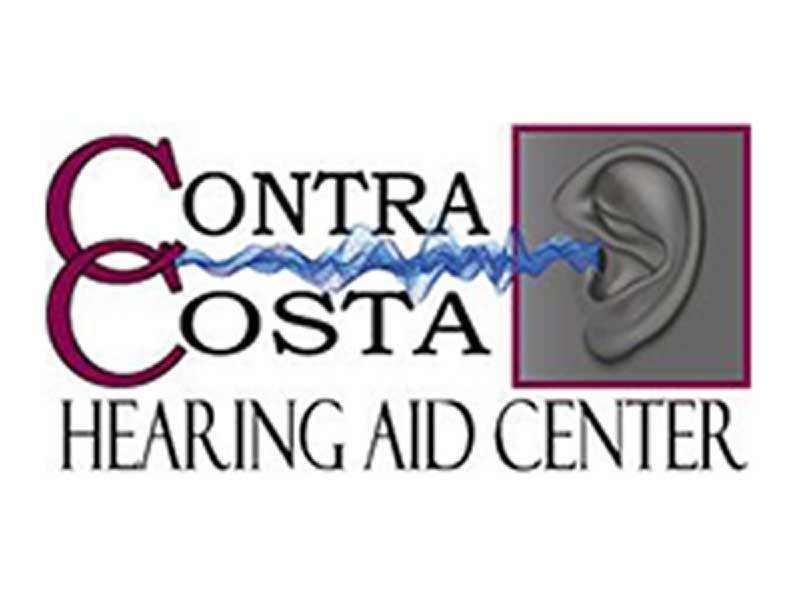One topic that is rarely mentioned with regards to hearing loss is how to keep people who have suffered it safe in their homes. Imagine this scenario: you’re in your house and a fire breaks out, and like most of us nowadays you have smoke detectors to alert you so that you and your family can safely evacuate before the fire becomes intense. But now suppose that this fire begins at night, when you’re asleep, and you have removed your hearing aids.
Nearly all smoke alarms (or similar carbon monoxide detectors), produce a loud warning tone between the frequencies of 3000 – 4000 Hertz. This approach is acceptable for nearly everybody, but unfortunately these frequencies are among those most vulnerable to age-related hearing loss, so older adults or people who have suffered other forms of hearing loss can’t hear them. So even if you had been awake, if you’re one of the more than eleven million people in America with hearing loss, there’s a chance that you would not hear the alarm.
To correct this, there are a variety of home safety products that have been re-engineered with the needs of the hearing impaired in mind. For people with slight to moderate hearing loss, there are smoke alarms that emit a 520 Hz square-wave warning sound that they can generally hear. For those who are totally deaf, or who are unable to hear whatsoever when they take out their hearing aids or turn off their cochlear implants (CIs) during the night, there are alert systems that combine exceedingly loud noises, flashing lights, and vibrators that shake your mattress to warn you. For comprehensive home safety, a number of these newer units have been developed to be incorporated into more thorough home protection systems to warn you in case of intruders, or if emergency services are pounding on your doors.
To hear other sounds that may signal danger, many hearing-impaired individuals have set up induction loops in their houses to improve the performance of their hearing aids or CIs. These systems are basically long strands of wire positioned in a loop around your living room, kitchen, or bedrooms. These serve to activate the telecoils inside your hearing aid or CI that increase the volume of sound; this can be useful during emergency situations.
We should not ignore the basic telephone, which is vital during an emergency of any kind. Most modern telephones now are available in models that are hearing aid and CI-compatible, which permit their easy use during emergencies. Other telephone models integrate speakerphone systems with very high volumes that can be used by the hearing impaired, and more notably, can be voice-activated. So if you fell and hurt yourself out of reach of the phone, you could still voice-dial for help. There are other accessories for cellphones, such as vibrating wristbands that can alert you to an incoming phone call even if you’re sleeping.
Naturally, some home safety suggestions for the hearing impaired are the same as for those who can hear well, such as keeping lists of your health care providers, emergency service providers, and hospitals close at hand. If we may be of assistance to you in making your home safer for the hearing impaired, give us a call; we’ll be happy to assist.
